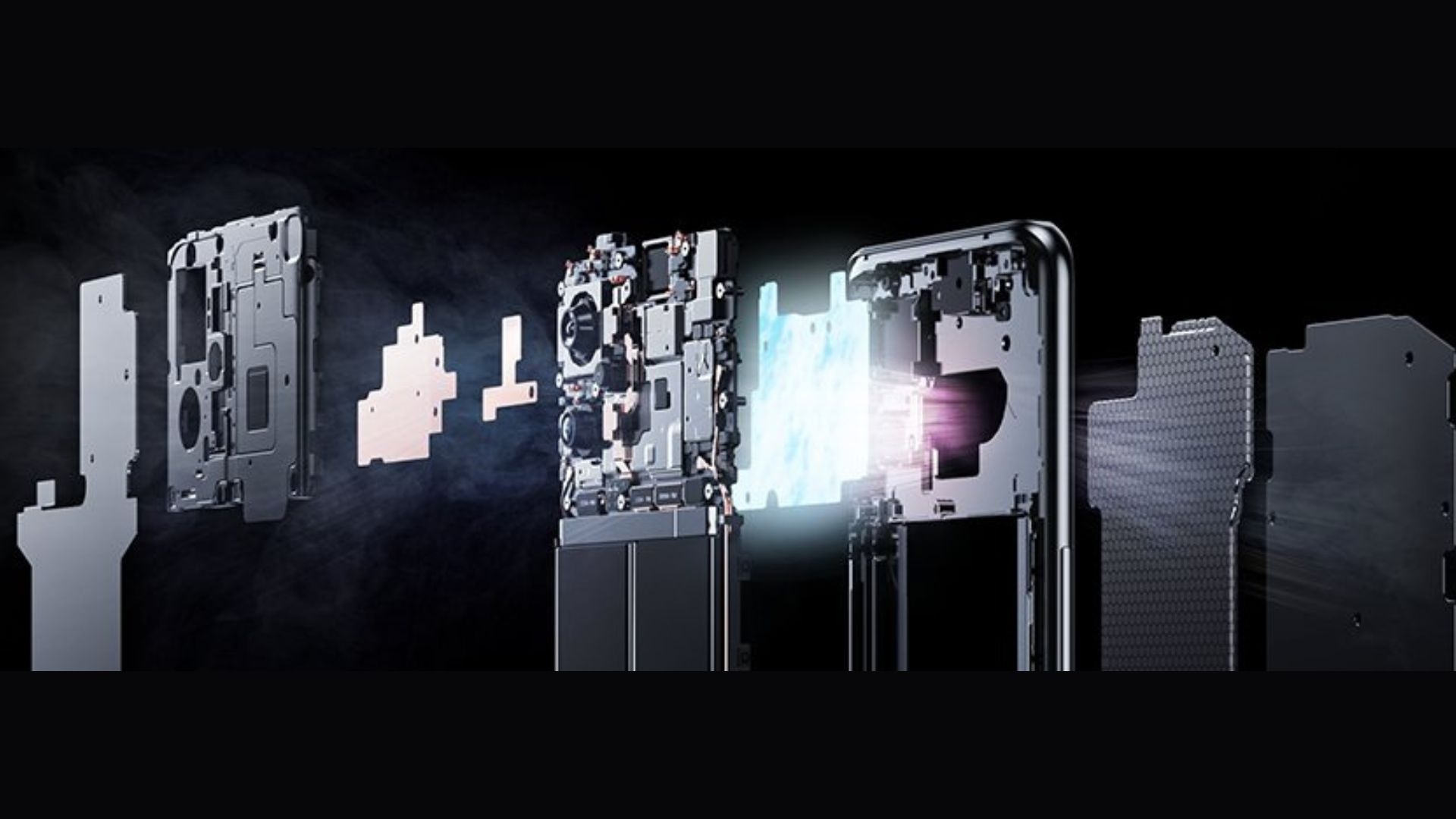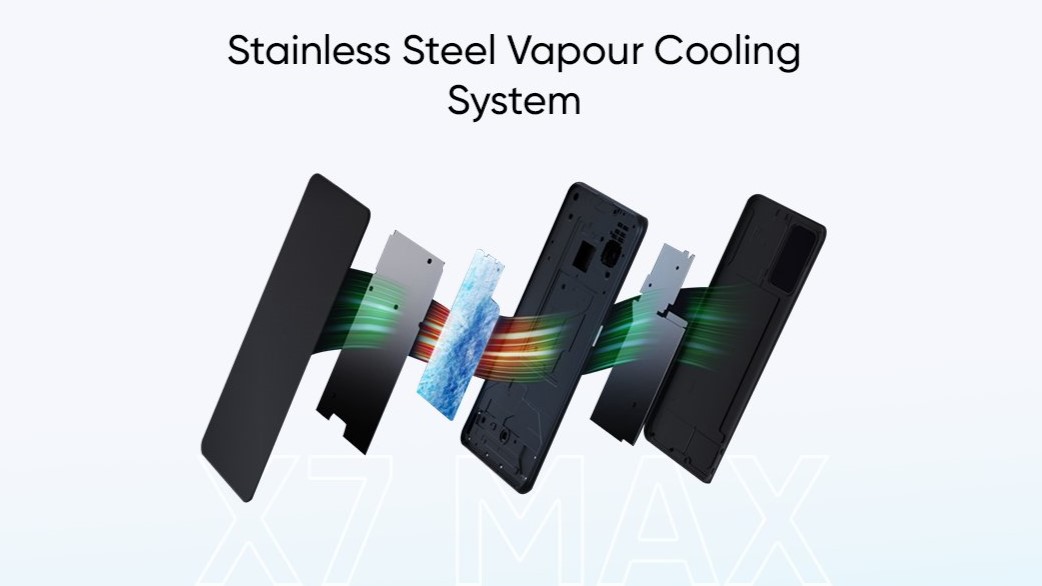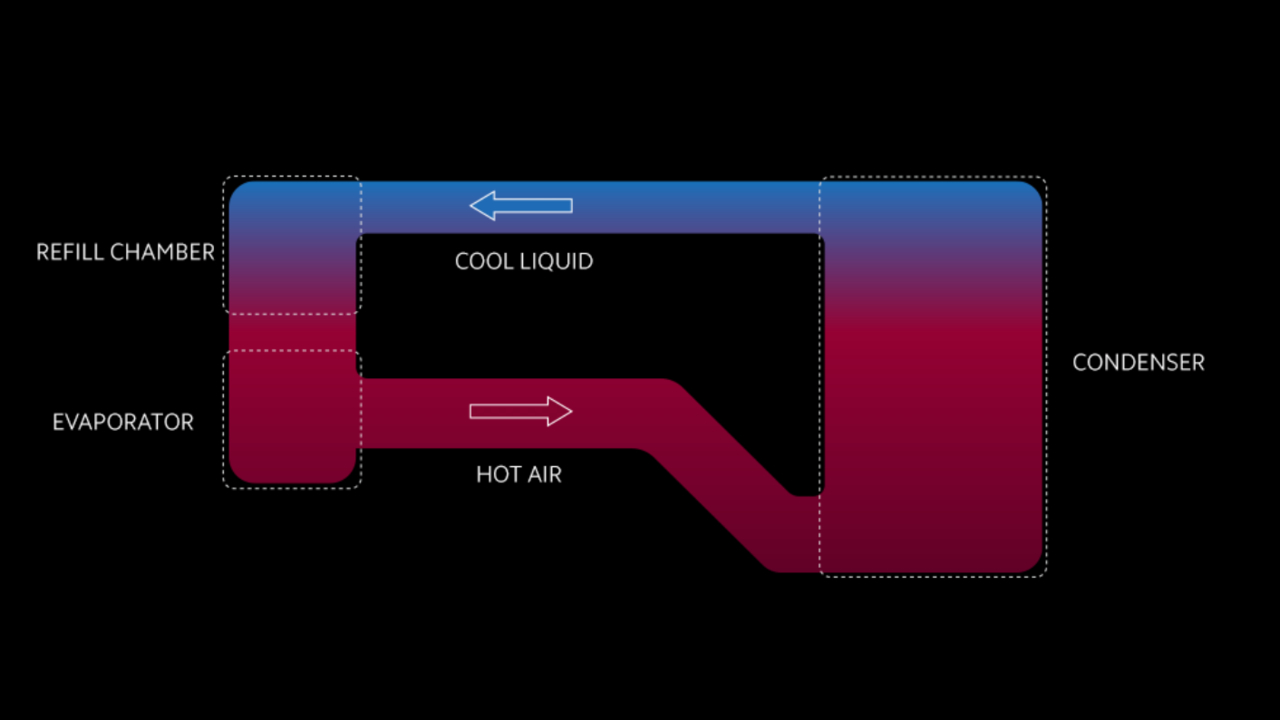Vapour cooling system: What is it and how does it help improve your phone’s performance?
The cooling tech for your phone

Like multiple camera setups, powerful chipsets, RAM and other specifications and features, the vapour cooling system has also become an integral part of the specifications.
Though, unlike other specifications, the vapour cooling or heat dissipation system isn’t the most discussed feature, it works in the background. It ensures that all the critical components of your favourite smartphone work without an issue.
It is an exciting technology that works like the one available on most laptops and desktop computers. However, the amount of space or lack of it on the phone makes its implementation complicated yet important.
This is probably why you’d find a slide or two being discussed during the launch of most modern smartphones these days. An efficient heat dissipation system ensures that your smartphone offers sustained performance even while you’re testing the limits of its processing powers. On the other hand, a phone without an internal cooling system will start slowing down, often called thermal throttling.
Moreover, excessive heat generated from within a smartphone can also impact the performance of other components. Let us understand what a vapour cooling system is and how it works on smartphones.
What is vapour cooling or liquid cooling system and how does it work?
Smartphones these days come equipped with a complex mechanism that uses liquid vapour to keep the temperature in check. When a phone is used to play games for an extended period or to run a resource-hungry app, the CPU is forced to work at full steam - this additional load generates extra heat.
A flattened copper pipe that contains liquid is placed directly above the CPU to absorb this heat and turn the liquid into vapour. When it meets the chamber's cooler parts, this vapour condenses and converts back into liquid.
Get daily insight, inspiration and deals in your inbox
Sign up for breaking news, reviews, opinion, top tech deals, and more.

Apart from the liquid, the chamber has other materials that help spread the now cooler liquid to a wider area.
When this cycle of evaporating liquid and condensation of the vapour is repeated within the copper pipe, it helps reduce the temperature.
Additionally, external cooling systems are also available in the market. These can be attached to the phones and are powered by the phones’ battery. These external cooling fans work best in tandem with the internal cooling mechanism. However, the placement of this cooler is essential for the best results.
How does liquid cooling impact the performance of a smartphone?
As mentioned above, when the CPU works in overdrive, it generates heat. Since smartphones are compact and have little space for the air to travel and bring down the temperature, the CPU is forced to work on reduced capacity.
As a result, you’d experience dropped frames and laggy performance. The game or application you’re using might stop working, and you need to wait until the phone returns to room temperature resulting in a poor user experience.
Moreover, extended exposure to overheating also impacts the life of the phone’s battery. You’d experience rapid draining, reduced battery capacity and other issues. Similarly, the performance of other components also might get impacted if the device’s operating temperature isn’t managed correctly.

Which phones use vapour cooling technology
Almost all smartphones, including the ones in the mid-range that focus on performance or gaming, come equipped with a vapour cooling system. Though every smartphone brand uses a fancy moniker for this technology’s variation, the concept remains the same.
The upcoming Realme GT Neo 3T is one phone with a large vapour chamber to keep the thermals in check. However, according to Shreehari, Realme’s product manager, the phone also uses a thermal paste with diamond particles on top of the CPU. Since Diamond is a good conductor of heat, this paste passes all the heat generated by the CPU to the heat sink.
The heat sink also has a wick that collects the water droplets and spreads them on a larger area, thus speeding up the cooling process.
- Amazon Great Indian Festival 2022: Everything you need to know
Jitendra has been working in the Internet Industry for the last 7 years now and has written about a wide range of topics including gadgets, smartphones, reviews, games, software, apps, deep tech, AI, and consumer electronics.
